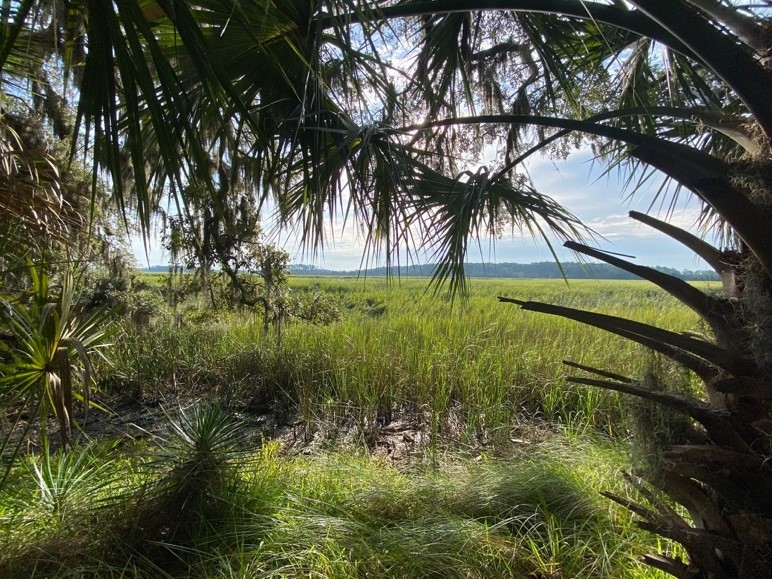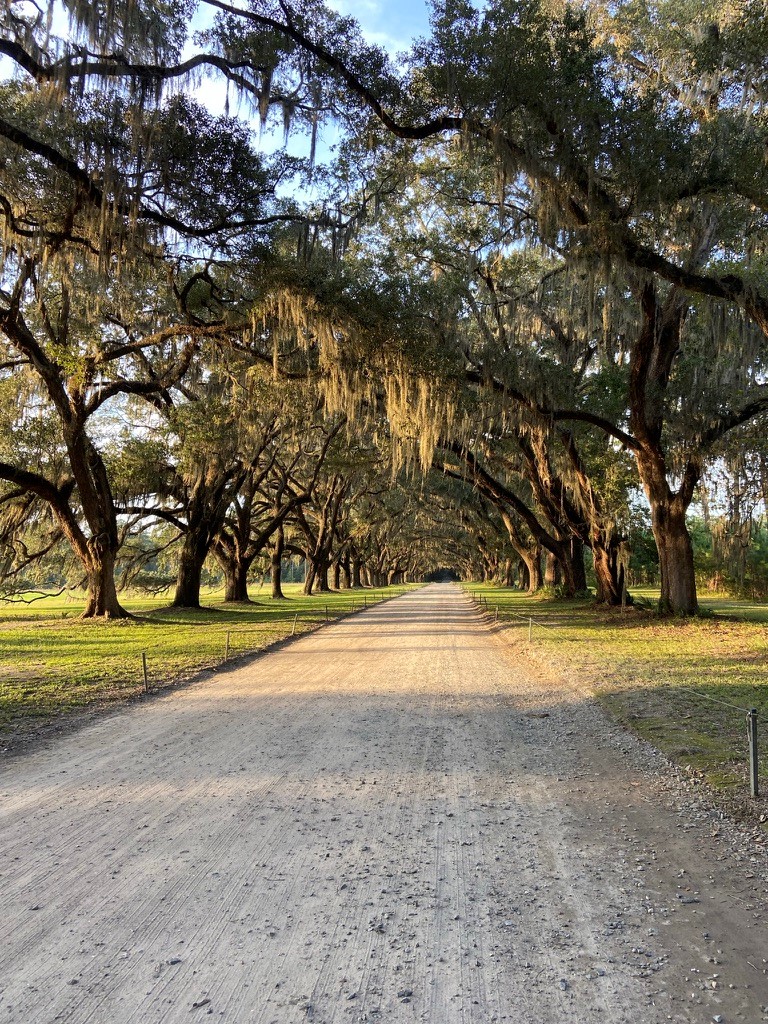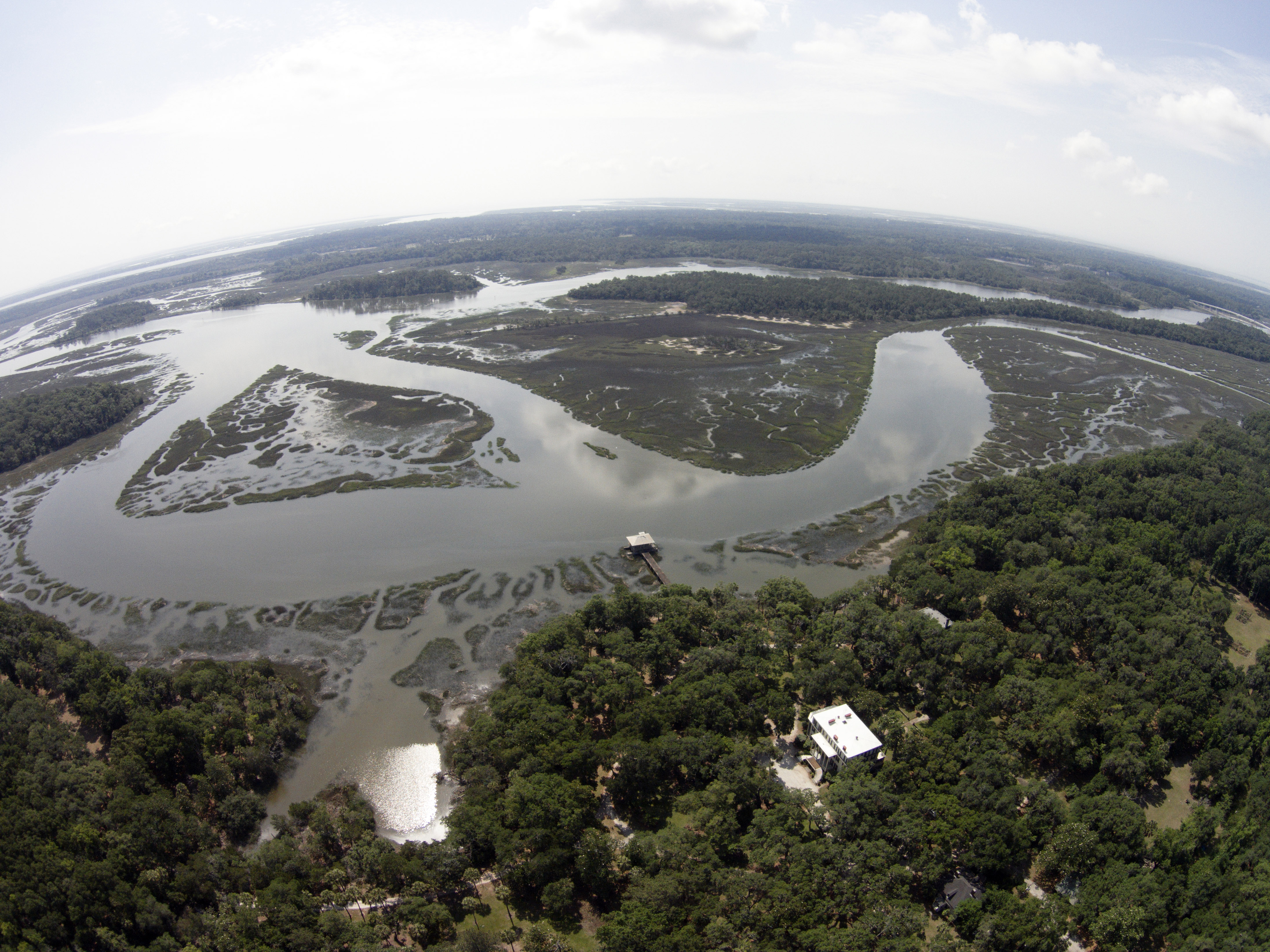The Center for Research and Education at Wormsloe
The Center for Research and Education at Wormsloe (CREW) is located within the Wormsloe State Historic Site on the Isle of Hope, Savannah, Georgia. The Center provides the ideal base for faculty and students studying Wormsloe and coastal Georgia topics, including ecology, history, engineering, archaeology, and the arts.
The Center is part of the University of Georgia Libraries and is supported by the University of Georgia and the Wormsloe Foundation.

|

|




